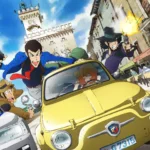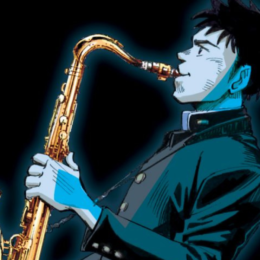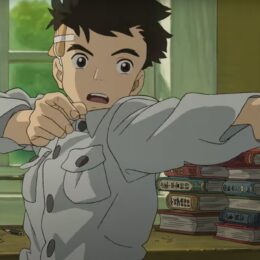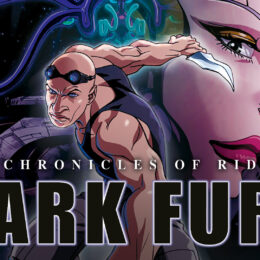The most influential SCIENCE FICTION ANIME you should definitely know

Although Japanese animation art is still somewhat overlooked by mainstream cinema enthusiasts (this has changed somewhat after the international success of Studio Ghibli, and especially after the Academy Award for Miyazaki), it’s hard not to appreciate its influence on the shape of science fiction cinema as a whole. I have tried to select for you the most important, interesting, and influential titles (both among regular full-length anime and OVA series), including those we have somewhat forgotten. The list is presented in alphabetical order, but it’s funny that even using this key, arguably the two most important entries in this compilation are at the top….
Disclaimer!
To cut unnecessary digressions in the comments section entitled ‘why some films are not included in the following list,’ many of the classic Japanese animations have already been so thoroughly covered in all sorts of rankings that it seemed unnecessary to mention them here, especially since some – like Ghost in the Shell or Battle Angel Alita – have recently gained a second life in the form of Hollywood remakes. Honestly, Japan has so much cinematic goodness to offer that I could list 50 films here, and the list would still be incomplete. In the upcoming second part of the compilation, more interesting facts!”
Related:
Akira (1988), dir. Katsuhiro Otomo
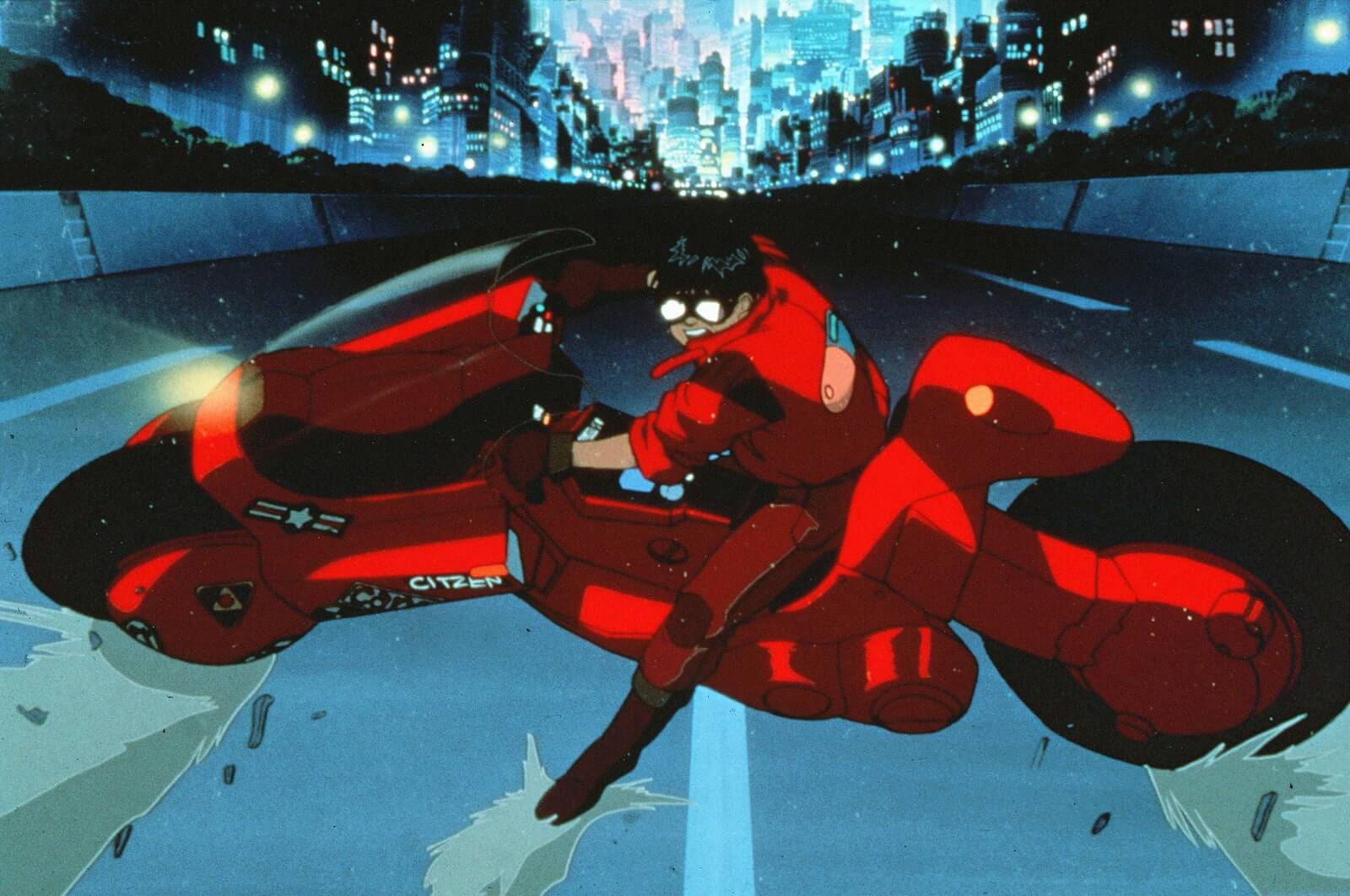
Although all such lists are inherently very subjective in their intention, it’s hard to disagree with a certain fact – Katsuhiro Otomo’s work is the absolute essence of Japanese animation in the SF genre, and, it’s worth mentioning, an incredibly influential work. This holds true for American genre cinema as well (to name just a few: the Stranger Things series, Rian Johnson’s Looper, let’s try to forget about the unfortunate Chronicles). What’s remarkable is that even after several decades, it still makes a huge impression, not only in terms of its complex and intriguing plot but also its excellent animation technique. As early as 1989, The Washington Post wrote that Akira opened the eyes of many creators and science fiction cinema fans from around the world to the extraordinary beauty of Japanese animation.
Finally, it’s enough to say that the direction of the American version of Akira (which Hollywood bigwigs have been trying unsuccessfully to tackle for almost two decades) has interested figures like George Miller, the creator of the Mad Max series, and John Peel or Taika Waititi. And a little bonus: Akira is Kanye West’s favorite movie, which he expressed by copying some frames from the film for his music video for the song Stronger. Just an interesting tidbit.
Astro Boy (1963), dir. Osamu Tezuka
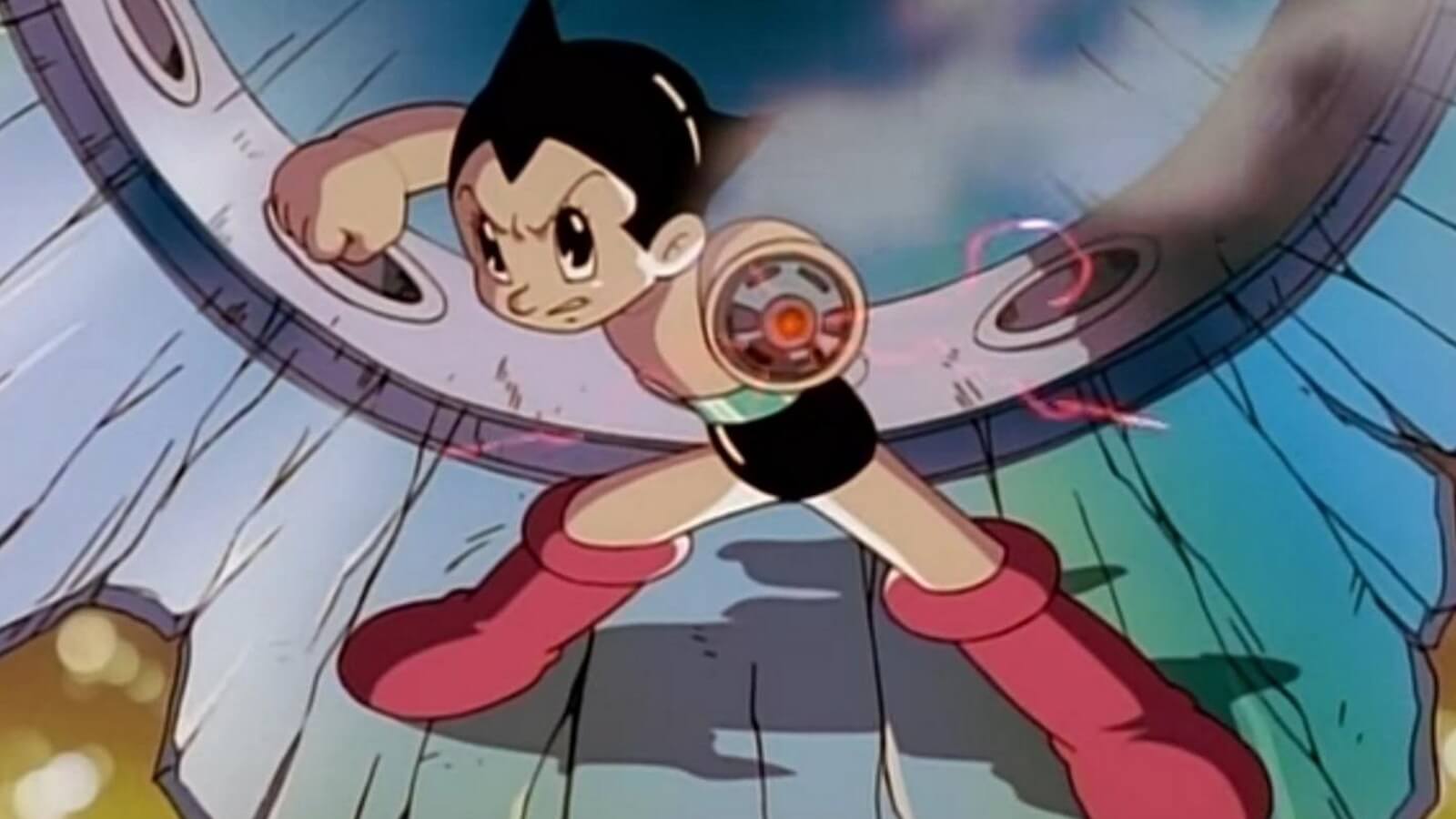
The groundbreaking TV series (based on the 1952 manga) that defined what we now call anime. The extraordinary adventures of a boy-robot were the work of the God of Manga, as the Japanese themselves call him, Osamu Tezuka, who is also the author of the original comic. As an interesting fact, one of this remarkable artist’s creations, Kimba – The White Lion, was a huge inspiration in many ways for Disney’s famous Lion King!
Astro Boy is not only the first-ever Japanese animated SF film in history but also a creation that embodied the aesthetics of animation in the Land of the Rising Sun. The series was incredibly popular; according to statistics, it was watched by 40% of the Japanese population with a television at home. Is it even worth mentioning the questionable quality of the American remake…?
Cowboy Bebop (1998), dir. Schinichiro Watanabe
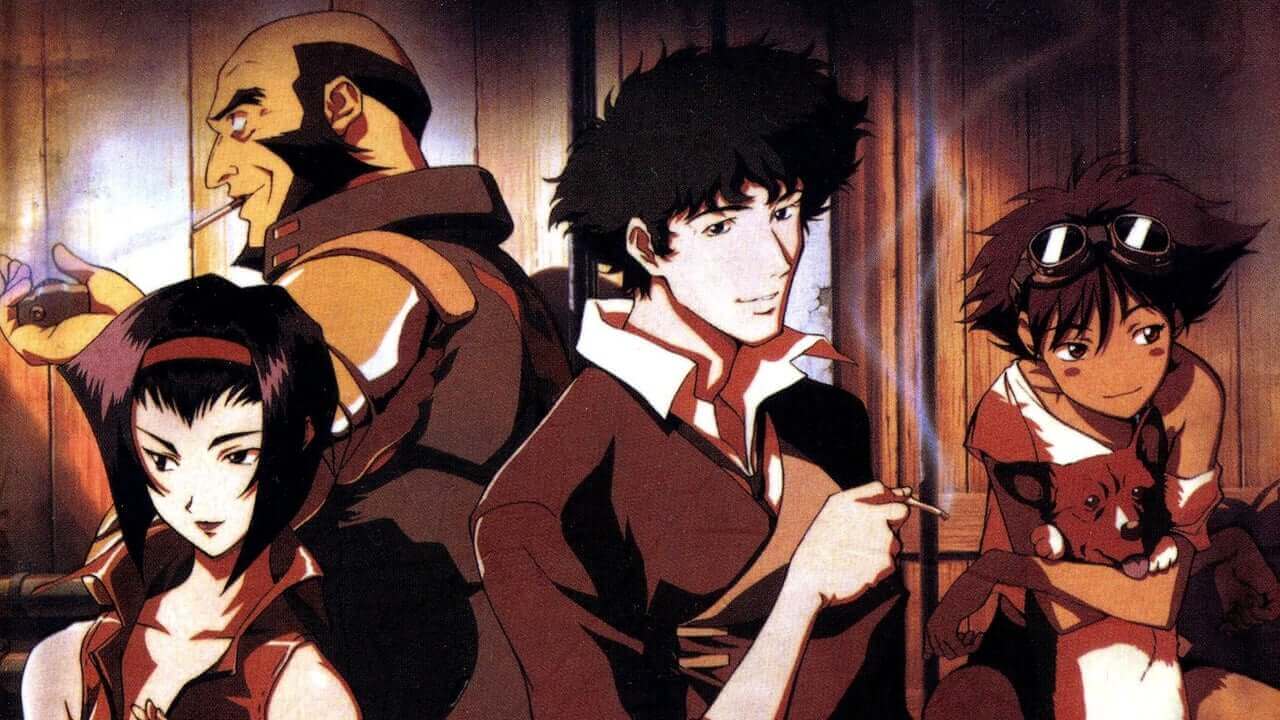 Not without reason, this incredibly popular (worldwide!) production has become, in a sense, synonymous with the science fiction genre in anime. Here, in 2071, we traverse the cosmos with a very likable bunch of bounty hunters, led by the mysterious Spike and ex-cop Jet Black (we also have an adorable, super-intelligent dog named Ein on board). The film is adorned with direct references to classic movies – to mention only Alien, Star Wars, or even… Desperado. It’s an absolute delight to watch, and the series itself is now considered cult.
Not without reason, this incredibly popular (worldwide!) production has become, in a sense, synonymous with the science fiction genre in anime. Here, in 2071, we traverse the cosmos with a very likable bunch of bounty hunters, led by the mysterious Spike and ex-cop Jet Black (we also have an adorable, super-intelligent dog named Ein on board). The film is adorned with direct references to classic movies – to mention only Alien, Star Wars, or even… Desperado. It’s an absolute delight to watch, and the series itself is now considered cult.
Cyber City Oedo 808 (1990), dir. Yoshiaki Kawajiri
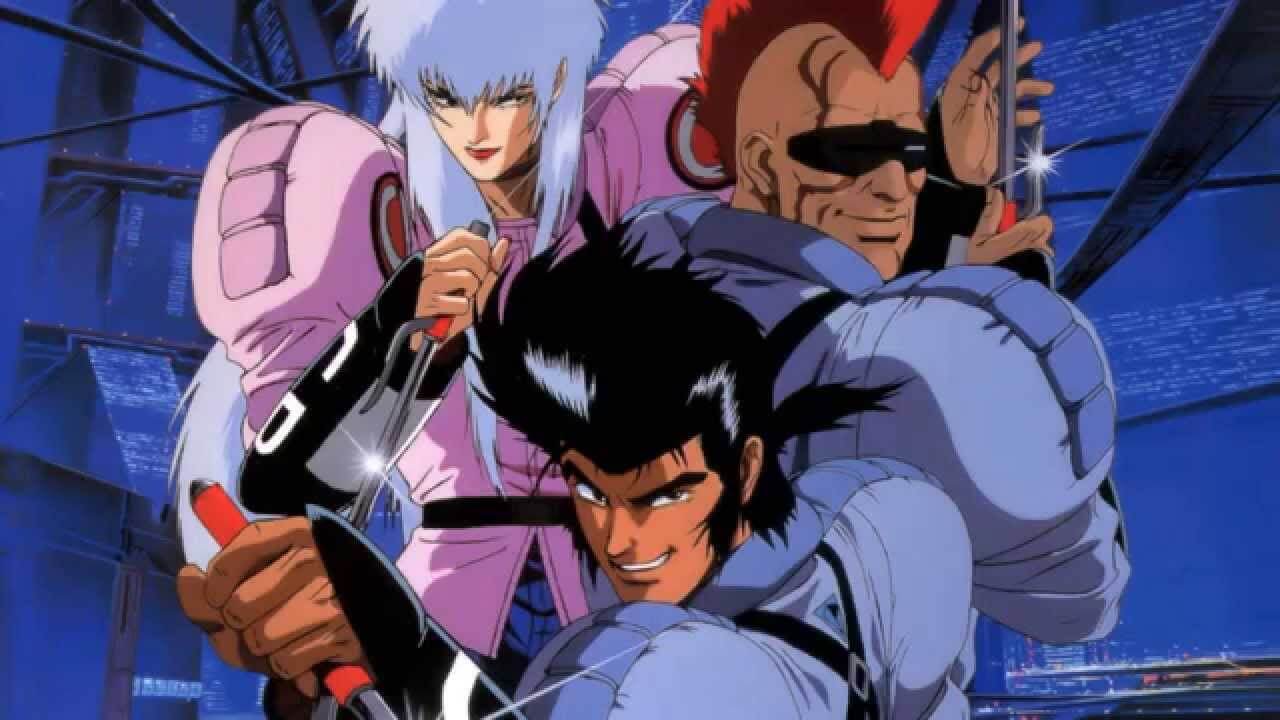
Three colorful and distinctive (yet very dangerous) renegades, serving centuries-long sentences for their crimes, receive an offer they can’t refuse. In exchange for redeeming their sins – and thereby significantly reducing their time in prison – they are to become bounty hunters working for the cyber-police, hunting criminals in the city of Oedo, much like themselves. Each solved case, which shaves a few years off their sentences, brings them closer to the desired freedom. A classic of Japanese cyberpunk wrapped up in a three-episode miniseries.
Ergo Proxy (2006), dir. Shuko Murase
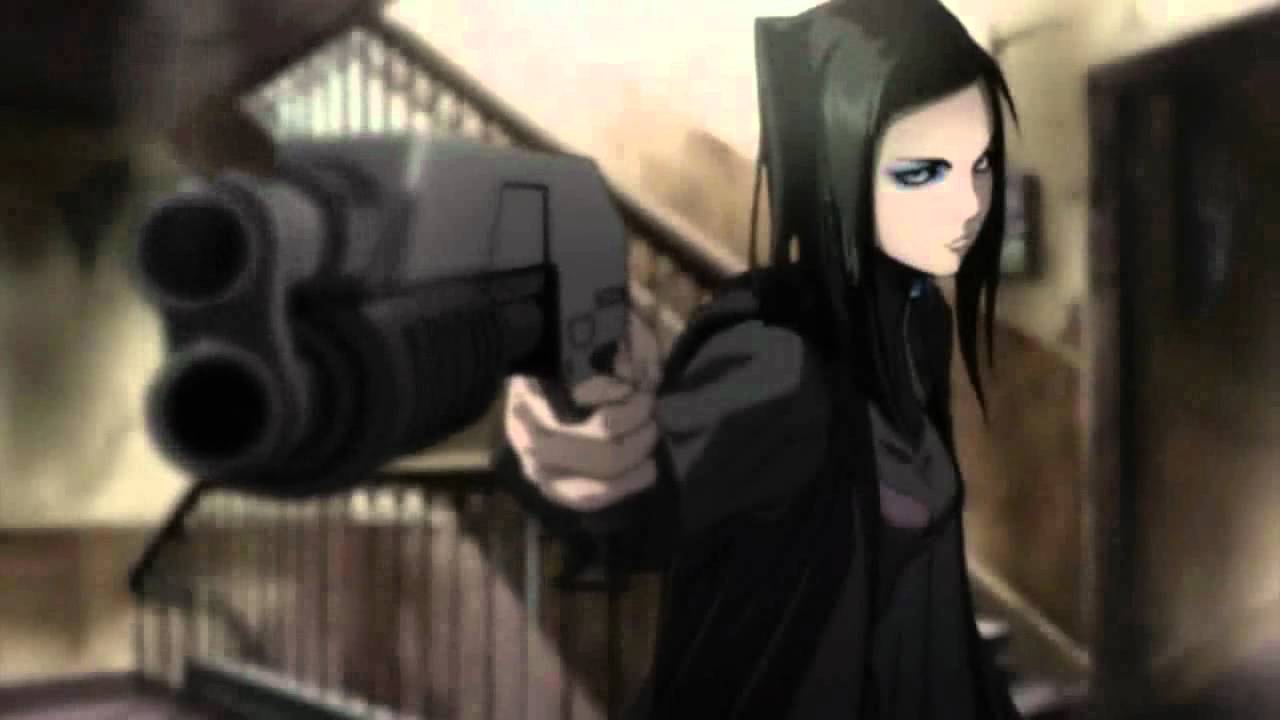
One of the most ambitious (and visually stunning) entries on the list. Here, we have everything that adds flavor to science fiction productions. A distant future and a world that has built itself a perfect (almost utopian) “bubble” on the ruins of the old order, in the form of the mega-city Romudo (Reminiscent of Equilibrium, anyone?) – a metropolis where humans and robots coexist. There’s also a murder case and a mysterious killer, the “Cogito” virus, and many questions about the nature of humanity and the origin of emotions.
In Ergo Proxy, nothing is as it initially seems. The series draws you in from the very beginning – even though it may overwhelm you with references to philosophy, linguistics, or literature. However, it’s all so incredibly well-told and animated that it’s hard to take your eyes off the screen.
Metropolis (2001), dir. Shigeyuki „Rintaro” Hayashi
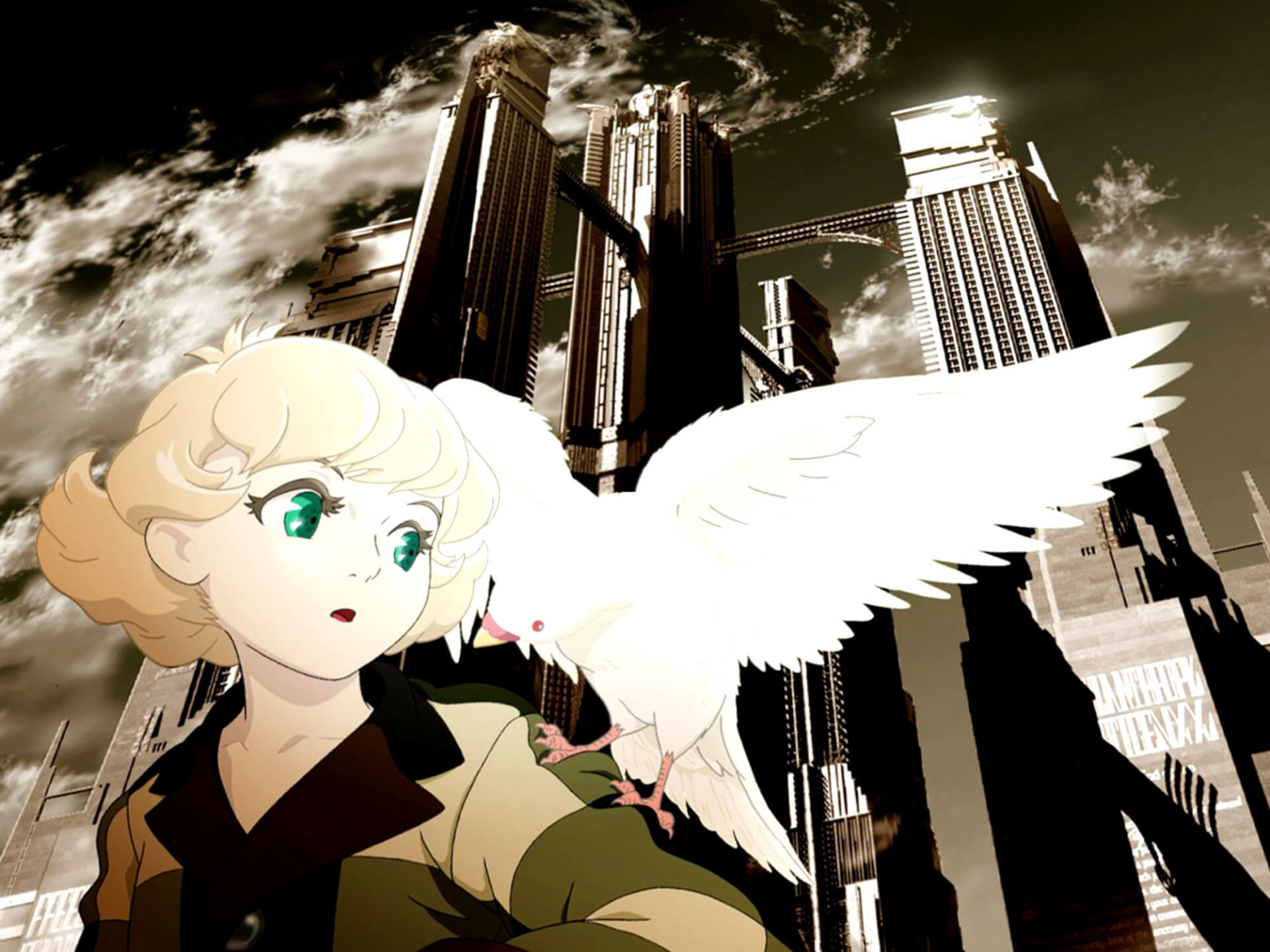
As you might suspect, the film plays with the foundation of Fritz Lang’s masterpiece from 1927. However, while in the German original, we were dealing with a slightly different concept of the whole story, here the main focus is on the beautiful love story between a human and a robot. Once again, we have a fascinating screenplay by Katsuhiro Otomo, based on a manga from 1949 (!) by none other than Osamu Tezuka. It’s a film about discrimination, inequality, the search for love, and tolerance – all wrapped in an incredibly attractive visual form. A perfect piece for the present times!
Neon Genesis Evangelion (1995)
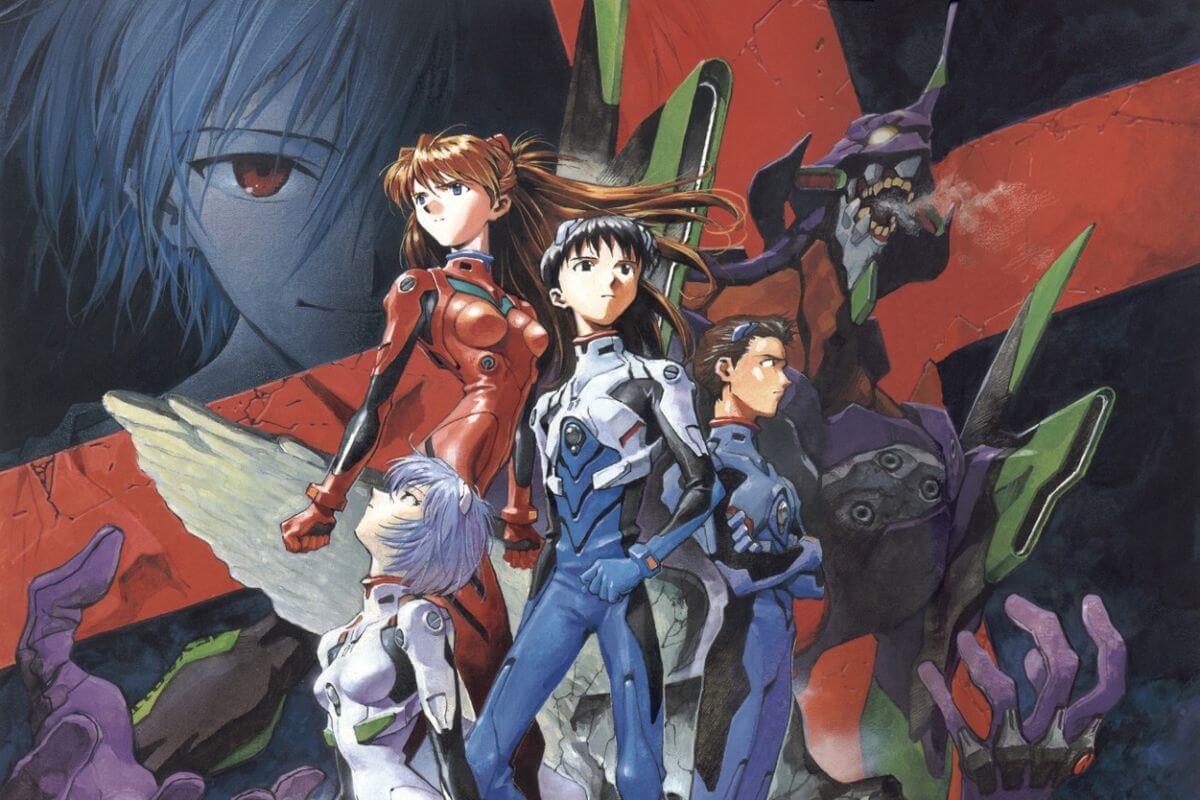
Another entry in our list, surrounded by an incredible cult following to this day. The world after a massive global catastrophe in the year 2000 (known as the ‘Second Impact’) is not a friendly place. To make matters worse, unknown entities (?) / machines (?) called ‘Angels’ begin to attack Earth – wiping out what’s left of the human population. To fight this threat, young individuals born after the catastrophe, sometimes against their will, pilot giant robots called EVA. It’s a very dark and unsettling series with a unique atmosphere.
Paprika (2006), dir. Satoshi Kon
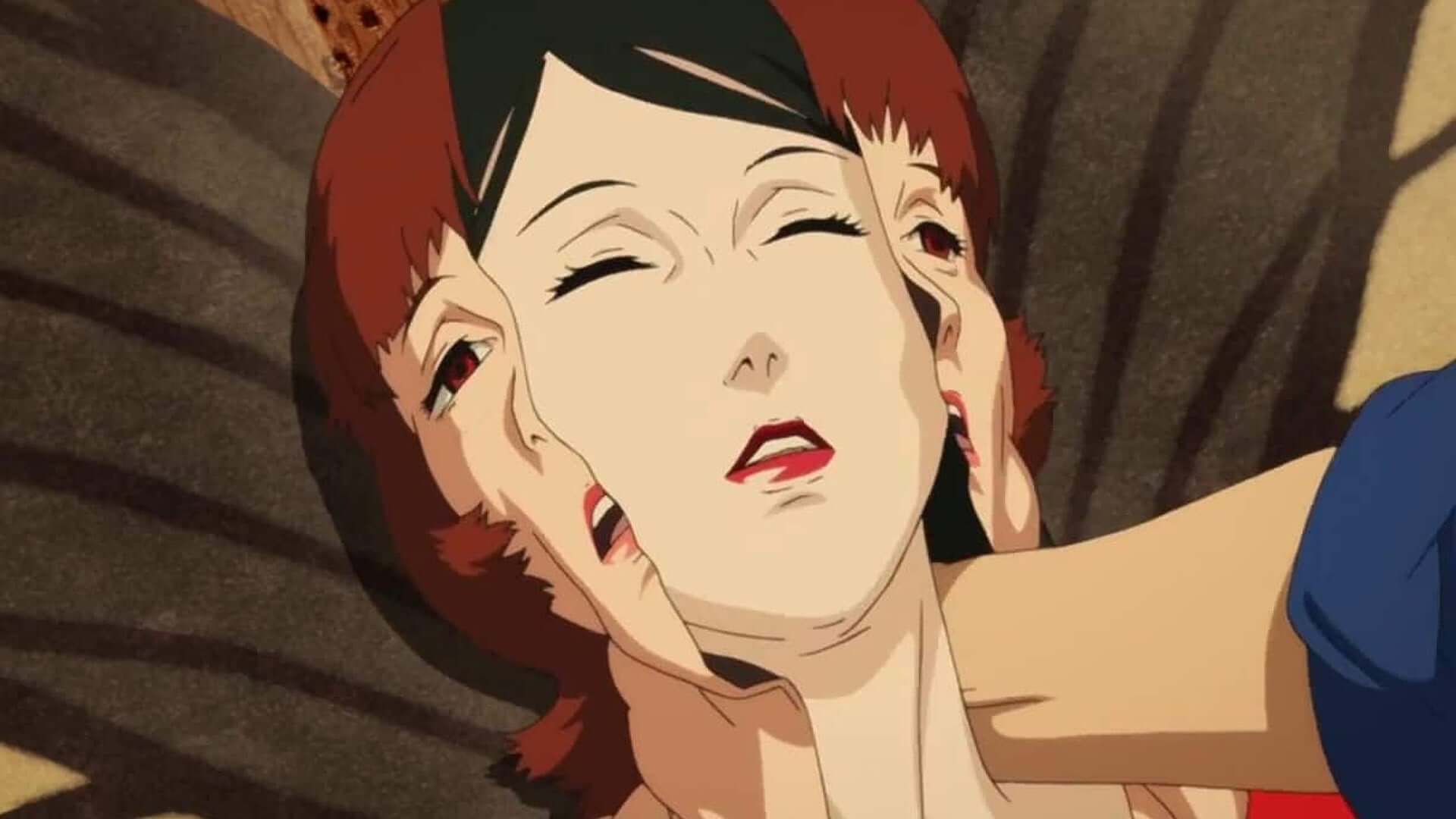
It’s hard to resist – and rightly so – the impression that Satoshi Kon’s masterpiece bears a striking resemblance to Christopher Nolan’s famous Inception (which Nolan himself later admitted). However, Paprika came much earlier and possesses much more magic, psychedelia, and absolutely intriguing ideas than – rather pretentious for my taste – Nolan’s film. Although this animated film often appears in all sorts of rankings and compilations, it would be impossible to omit it here. An incredibly intriguing detective story unfolding in the intricacies of the dream world and human imagination, garnished with the boundless creativity of the prematurely deceased (pancreatic cancer) Satoshi Kon. We will undoubtedly miss this creator…
Patlabor 2: The Movie (1993), dir. Mamoru Oshii
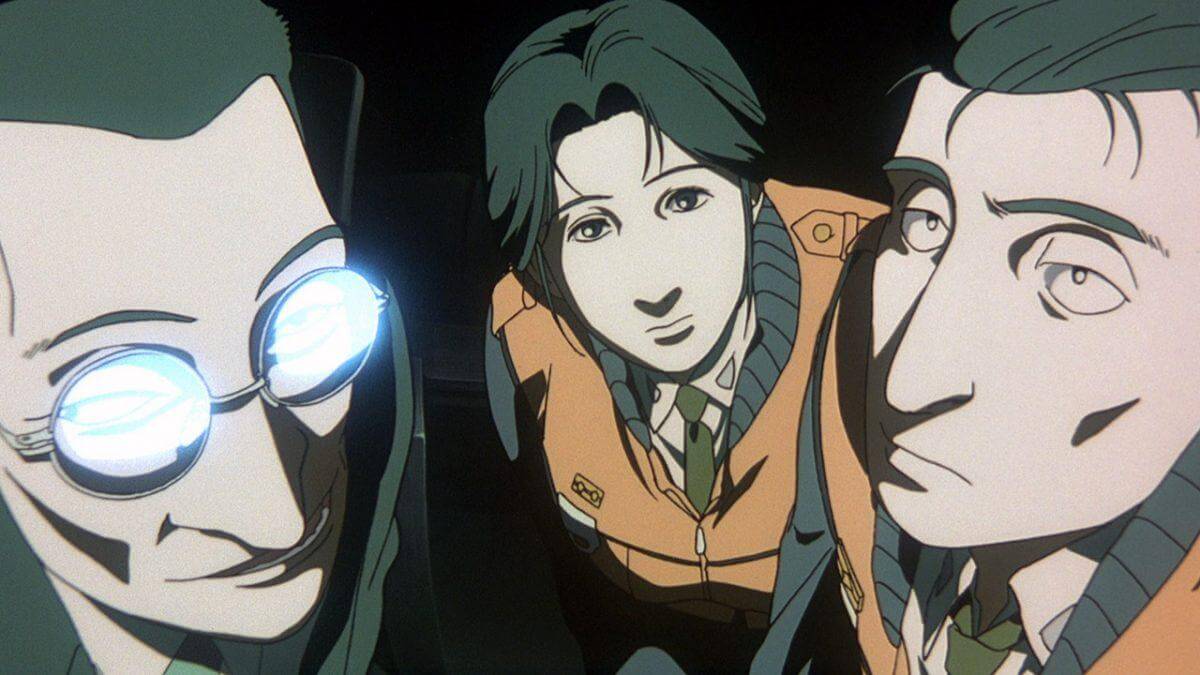
While Oshii is now mainly associated with the Ghost in the Shell series (which began in 1995), it would be a huge mistake not to delve into his earlier works, of which Patlabor is a prime example. This early period of the director’s career is considered by many to be his most interesting and fertile (to mention just Urusei Yatsura or the well-known to older viewers Yattaman series). In my humble opinion, Patlabor 2 hasn’t aged at all, especially in terms of its fantastic script – a complex sci-fi thriller with many elements of social drama (credit to Kazunori Ito here). And in the background, of course, there are giant mechs – and Kenji Kawai’s excellent music, the composer of the soundtrack for Ghost in the Shell.
Trigun (1998), dir. Satoshi Nishimura
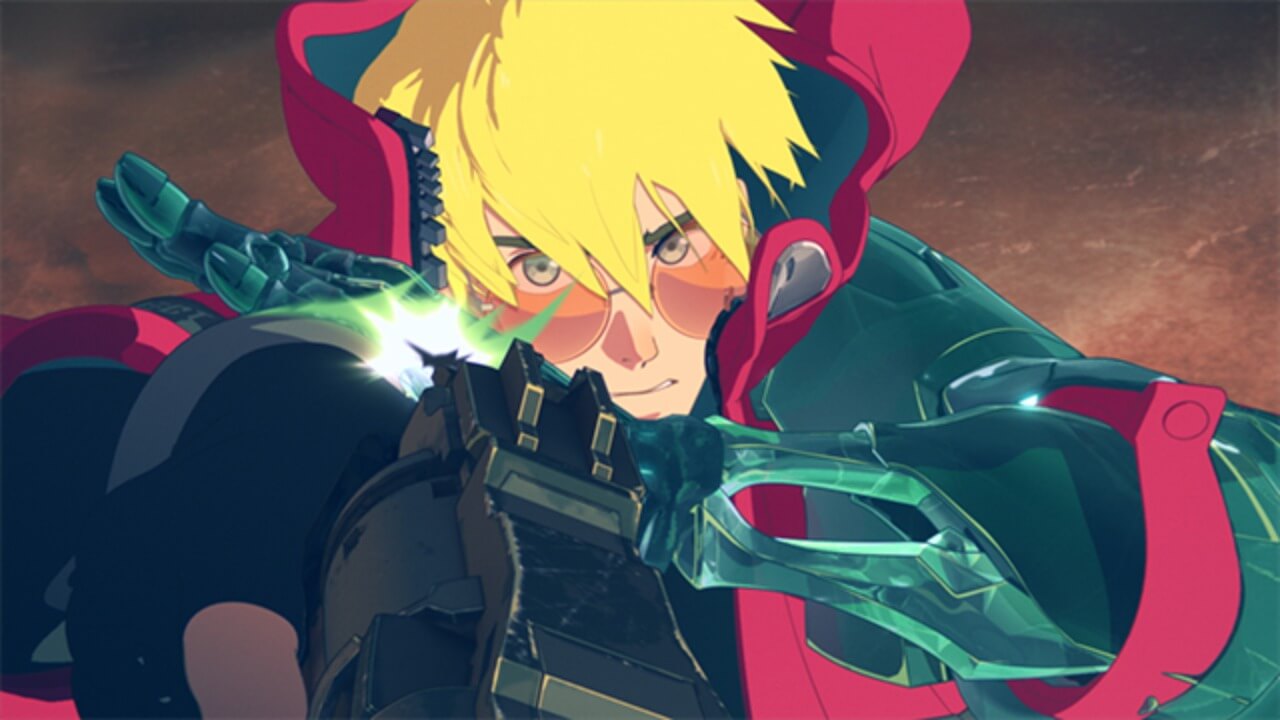
One of the most classic anime on the list – although what’s characteristic in this case is that Trigun not only skillfully blends elements of sci-fi but also adds a dose of comedy (at the beginning of the series), drama, steampunk aesthetics, and a considerable amount of… spaghetti western. The viewer gets to know the adventures of the rather scatterbrained Vash, for whose head a gigantic reward has been set – supposedly for destroying several cities (although this seems highly unlikely given our hero’s actions, by the way… you’ll see for yourselves). To make things even more interesting and absurd – Vash suffers from amnesia and completely doesn’t remember what he’s actually being chased for by half the cosmos.


